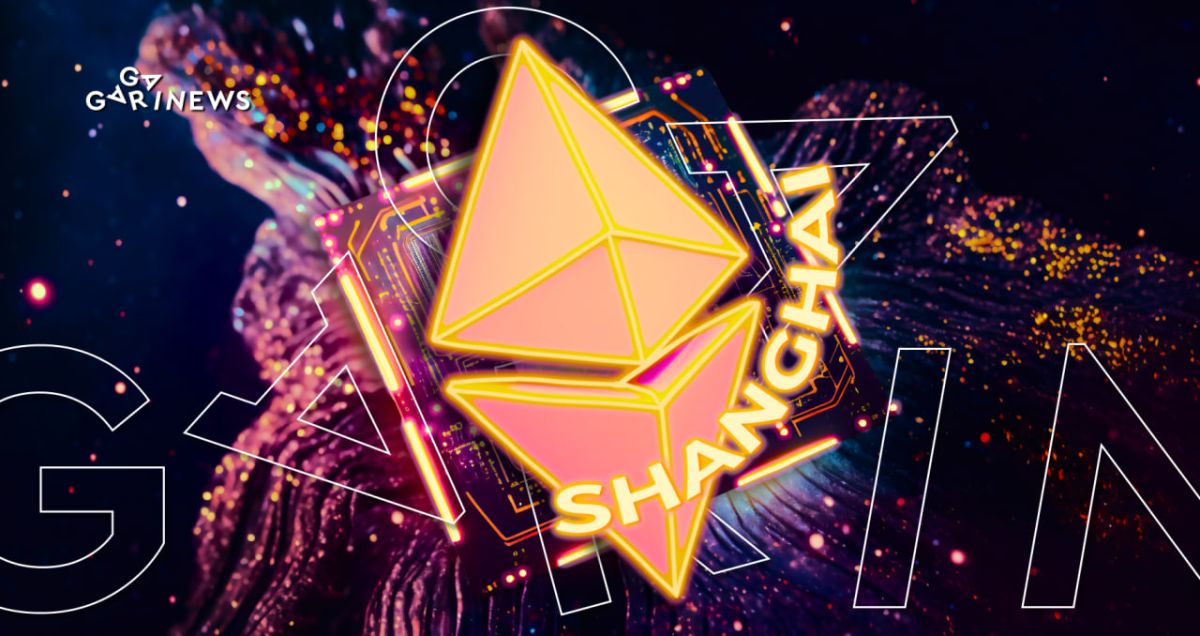The Reason Behind the Shanghai Hard Fork in the Ethereum Network

If the event isn’t postponed again, the Ethereum blockchain will undergo the Shanghai hard fork on April 12. This is a significant technical upgrade at the smart contract execution level that will change the conditions of work for validators and developers.
On this page
To implement these changes, a consensus-level update called Capella will run in parallel.
After Shanghai's launch, Ethereum's transition to the Proof-of-Stake (PoS) algorithm will be completed. The main objective is to add the feature of withdrawing funds locked by blockchain participants for staking. The process details are explained in Ethereum Improvement Proposal #4895 (EIP-4895). Along with other EIPs, the capacity to withdraw crypto used for staking is incorporated into the upgrade.
After the hard fork, users who stake will be able to dispose of their funds. In total, the amount locked in staking reaches 16 million ETH. Some may choose to restake their tokens, others may opt out of supporting the network, while someone may prefer to withdraw their rewards yet participate again in the validation process. Whatever decision users make, the withdrawal amount is limited to 43,200 ETH per day. Measures have been taken to avoid market chaos.
In the near future, we will see how the update affects ETH prices. As time passes, we will see whether unlocked ETH is actively sold or if network participants withdraw their rewards and begin staking again.
Background to the Shanghai update
Since 2020, the Ethereum team has switched from the Proof-of-Work consensus algorithm to Proof-of-Stake for their blockchain. The initial move was the introduction of the Beacon Chain sidechain, which functioned entirely on the PoS mechanism. In 2022, the Merge event took place, which saw Ethereum merging with Beacon Chain and moving towards Proof-of-Stake.
After the transition to Proof-of-Stake consensus, staking replaced mining. Users who wish to participate in network security by verifying and adding transactions to the blockchain must stake at least 32 ETH in the network. The more funds are staked, the higher the chances of becoming a validator and receiving rewards for it. However, profits, as well as the staked amount, cannot be transferred to a crypto wallet or used until the next update.
Three phases of the Shanghai hardfork
The update consists of three testing phases, two of which have already taken place, with the last one scheduled for April.
The withdrawal feature was first tested in the Sepolia testnet, and validators successfully unlocked their ETH in the Zhejiang testnet. The third trial will be conducted on the Goerli network before activation on the main Ethereum chain.
Any other proposals to be considered?
In addition to the main Ethereum Improvement Proposal #4895, which allows withdrawal of staked ETH, there are other innovations related to reducing gas costs.
- EIP-365 is another improvement proposal that aims to reduce gas costs for accessing “Coinbase” (not the cryptocurrency exchange, as you might think, but the software used by validators and developers to receive new tokens).
- EIP-3855. Gas cost reduction for developers through the “Push0” code.
- EIP-3855. Gas cost reduction for developers overall.
- EIP-3860. Proposes a gas limit for developers interacting with smart contracts initialization code.
Life after Shanghai?
The Shanghai hard fork does not include the key proposal, EIP-4844, which involves sharding the Ethereum blockchain. Sharding means dividing the chain into different segments with their own responsibility areas for better scalability.
However, sharding is inevitable, and it is scheduled for 2023-2024 as the next network update. This is what we want after Shanghai.
The content on The Coinomist is for informational purposes only and should not be interpreted as financial advice. While we strive to provide accurate and up-to-date information, we do not guarantee the accuracy, completeness, or reliability of any content. Neither we accept liability for any errors or omissions in the information provided or for any financial losses incurred as a result of relying on this information. Actions based on this content are at your own risk. Always do your own research and consult a professional. See our Terms, Privacy Policy, and Disclaimers for more details.


























